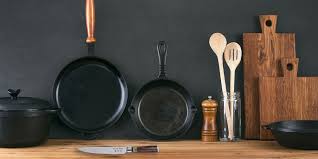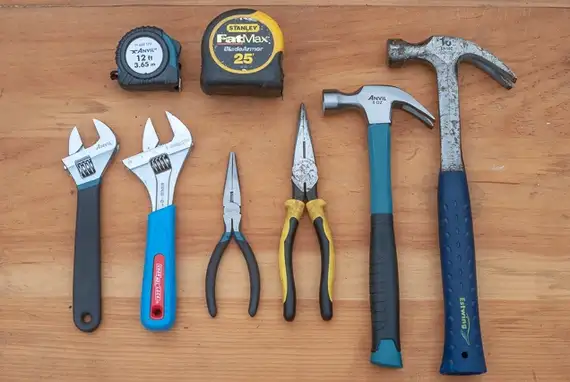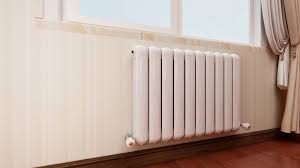Main Home and Consumer Product Castings
2024-12-10 13:58:08 hits:0
Main Home and Consumer Product Castings
Home and consumer product castings cover a wide range of items, including:
Kitchenware

- Cast iron pots, pans, griddles, etc.
- Kettles, casserole dishes, and cookware accessories
Decorative Items and Furniture

- Lamp bases, table and chair frames
- Fireplace accessories, door handles, hooks, etc.
Household Tools

- Hammers, clamps, handles for gardening tools, etc.
Heating Equipment

- Cast iron radiators, fireplace surrounds
Primary Requirements for Pig Iron Raw Materials
Pig iron is the main raw material for home and consumer product castings, and its quality directly impacts the mechanical properties and surface finish of the final products. Key requirements include:
Chemical Composition
- Carbon content: Typically 3.2%–3.8%, ensuring good fluidity and mechanical properties.
- Silicon content: Maintained between 1.0%–3.0%, improving graphitization and impact resistance.
- Manganese content: Moderate levels (0.5%–1.0%) to enhance hardness and wear resistance.
- Sulfur and phosphorus content: Kept low (<0.08%) to reduce brittleness and hot cracking tendencies.
Smelting Process Requirements
- Pig iron must be homogeneous to minimize inclusions and porosity.
- Proper temperature and duration during melting to avoid oxidation and carbon loss.
Impurity Control
- Strictly control the content of non-metallic inclusions in molten iron to ensure smooth, defect-free casting surfaces.
Finished Product Standards
Home and consumer product castings must meet specific requirements for quality, appearance, and mechanical performance. Key standards include:
Appearance Requirements
- Smooth, flat surfaces with no cracks, porosity, or inclusions.
- Clean edges without burrs or irregularities.
Mechanical Properties
- Strength: Tensile and compressive strength meet usage demands.
- Hardness: Wear-resistant parts must achieve specific hardness values (e.g., HB180-240).
- Toughness: Good impact resistance and fatigue resistance.
Dimensional Accuracy
- Dimensional tolerances must comply with customer specifications or relevant standards (e.g., ISO or ASTM standards).
Coating and Protection
- Depending on the application, products may require anti-rust coatings, enamel layers, or decorative finishes.
- Coatings should be uniform with no peeling, bubbles, or wrinkles.
Certification Standards
- Home products must often comply with CE, RoHS, or other certifications specific to regions and countries.

 en
en  fra
fra  de
de  ru
ru  gle
gle  th
th  ara
ara  it
it  jp
jp  kor
kor  zh
zh 


